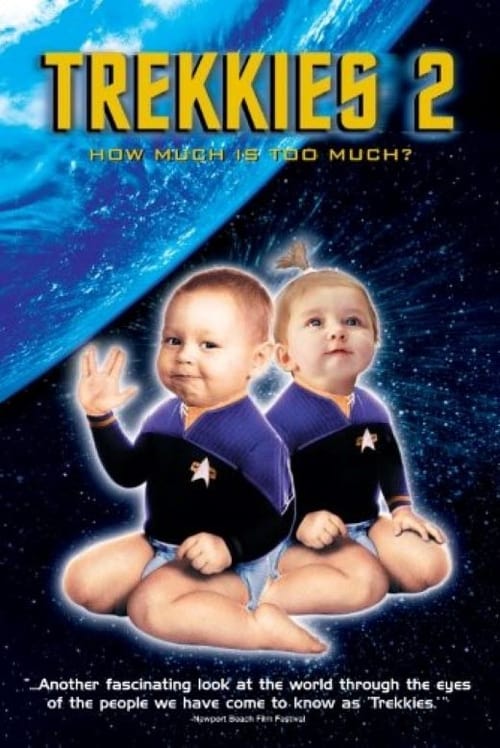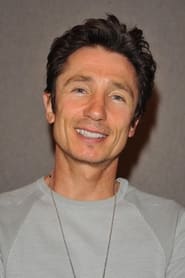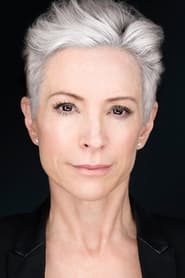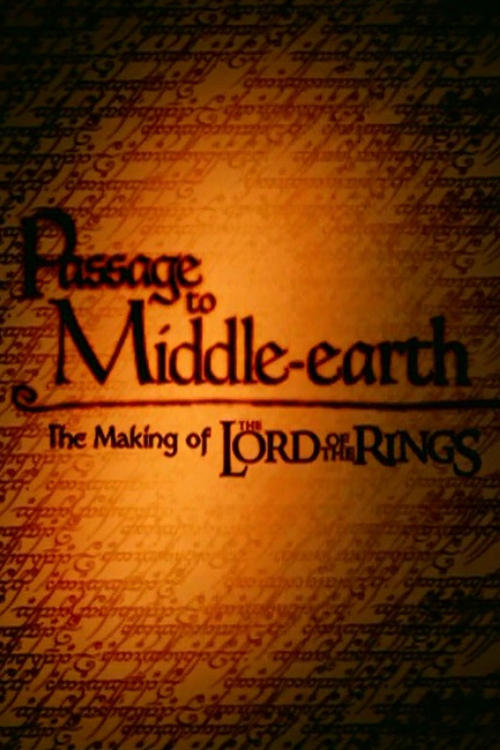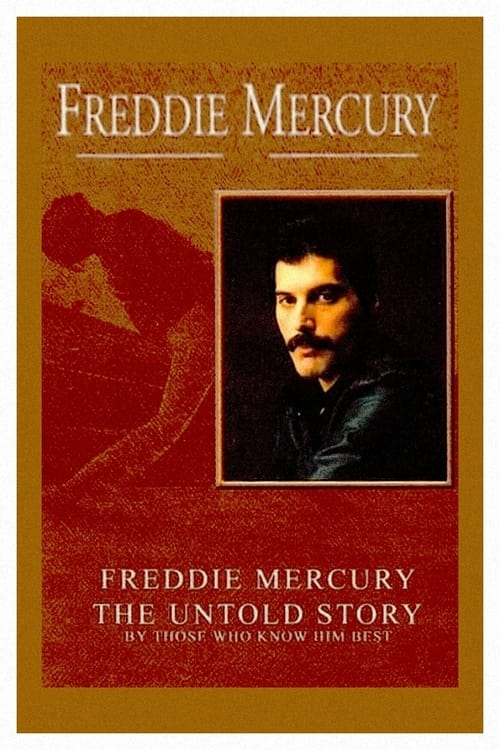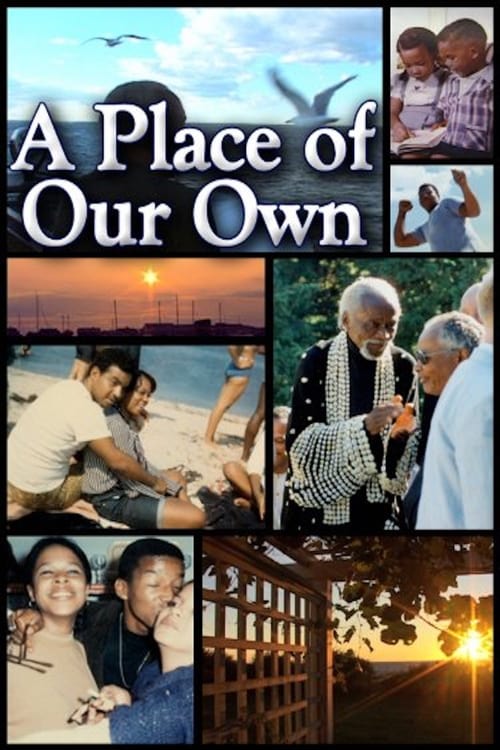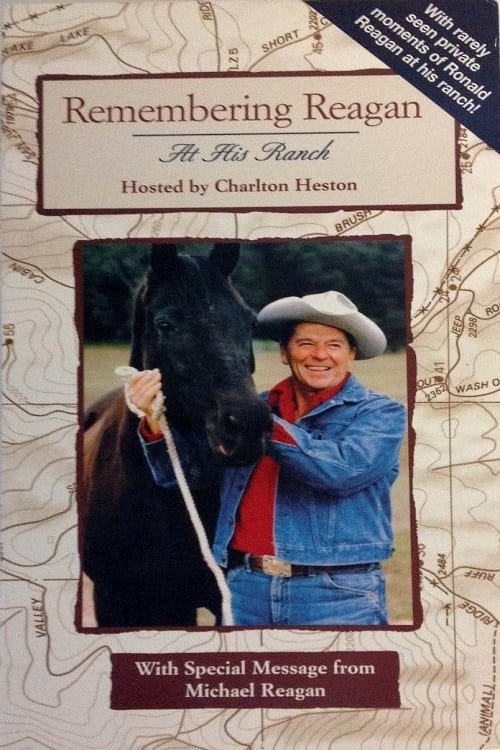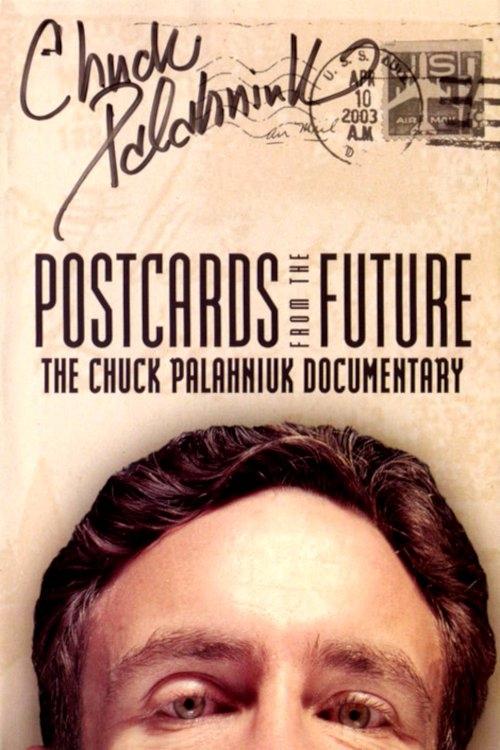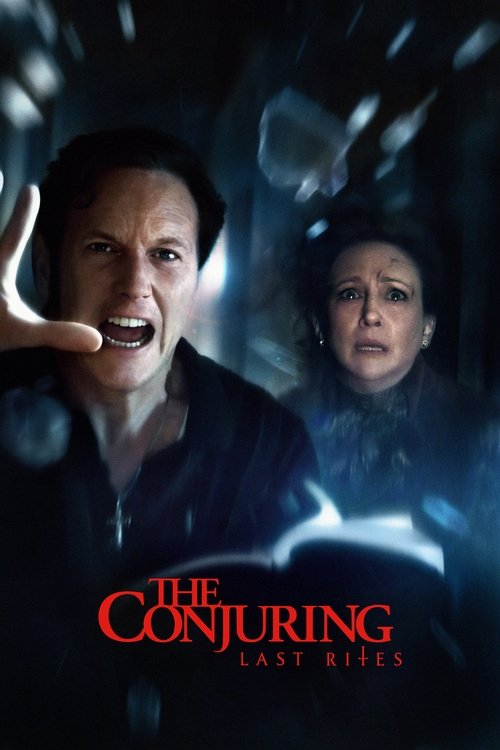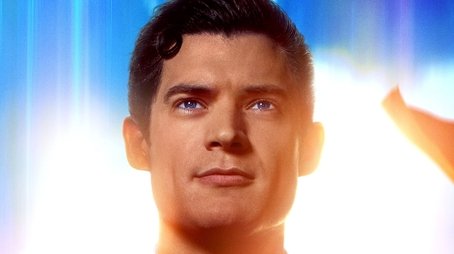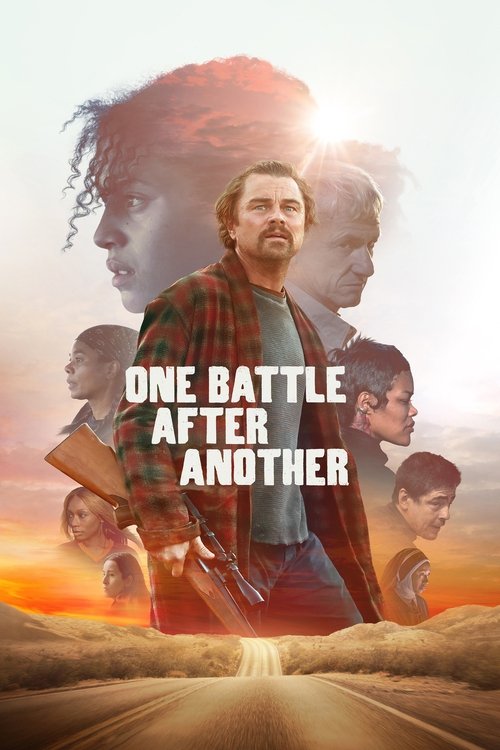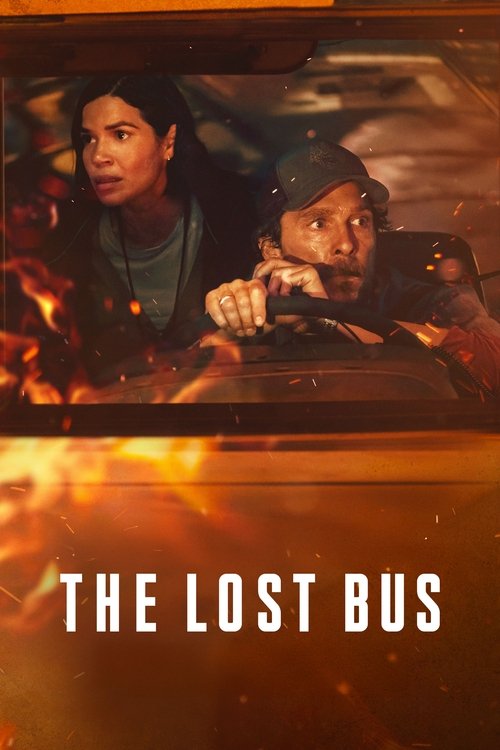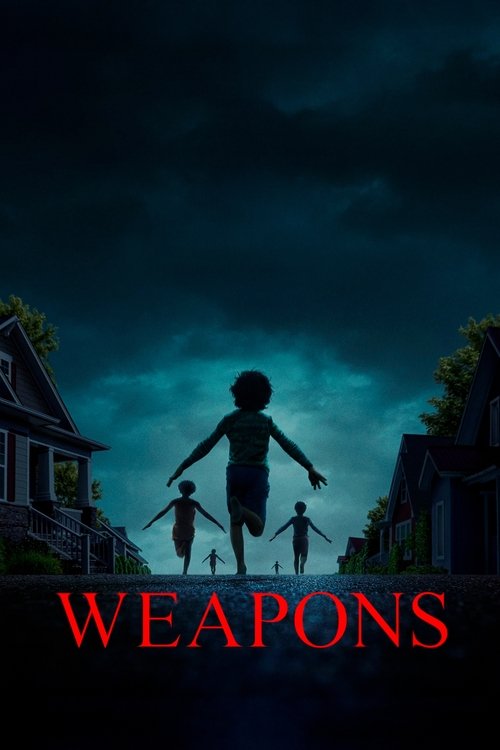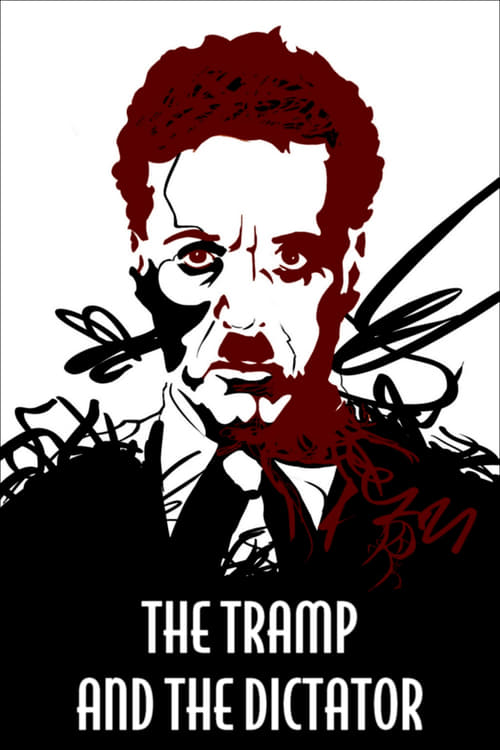
Ask Your Own Question
What is the plot?
Trekkies 2 opens not with a scripted story but with the warm, familiar voice of Denise Crosby, known to Star Trek fans as Tasha Yar from Star Trek: The Next Generation. She introduces the audience to a global journey, a quest not through space but through the lives of Star Trek fans--Trekkies--around the world. The film's premise is clear: to explore how Star Trek fandom has grown and evolved since the original Trekkies documentary, revealing the rich tapestry of devotion, creativity, and community that the franchise has inspired. There is no fictional plot or characters to follow, but a real-life exploration of passion and identity.
From the outset, the camera moves fluidly across continents, beginning in the United States where some familiar faces from the first film reappear. Barbara Adams, a middle-aged woman from Arkansas who once famously showed up to serve on a Whitewater trial jury dressed in a Starfleet uniform, is revisited. Her presence is magnetic and unapologetic, a living emblem of fandom's integration into everyday life. Barbara's friend Jean Whitehead adds a new layer of eccentricity and belief, claiming to possess a "portrait of a real alien" won at a convention, which she reverently discusses as if it were incontrovertible proof of extraterrestrial life. Her serious tone and conviction, juxtaposed with the absurdity of the claim, create a moment that is both humorous and poignant, illustrating the depth of faith some fans place in the Star Trek universe.
The narrative then shifts its gaze overseas, where Trekkies 2 embarks on a European odyssey. In England, the camera lingers on a fan whose apartment is meticulously remodeled to resemble the USS Enterprise, every detail painstakingly crafted to evoke the starship's bridge and corridors. This fan, while deeply devoted, reveals a pragmatic streak, mentioning plans to sell the entire collection on eBay, a moment that subtly underscores the complex relationship between passion and practicality.
The film journeys to Germany, France, and Italy, each location offering a unique cultural lens on Star Trek fandom. In France, fans gather for screenings of Star Trek episodes accompanied by homemade quiche and wine, blending their national culinary traditions with their love for the series. In Italy, the crew attends a Star Trek convention in Bellaria, where they meet Father Bernie Carman, a Catholic priest who conducts mass for fans, merging spirituality with fandom in a rare and touching intersection. His presence challenges assumptions about the fan community, showing it to be inclusive and multifaceted.
One of the most striking sequences unfolds in Novi Sad, Serbia (then part of Serbia and Montenegro), where the filmmakers capture the country's first-ever Star Trek convention. The scene is electric with anticipation and hope, as fans from a region recently scarred by conflict come together in the spirit of Roddenberry's vision: diverse peoples united in common purpose. The convention is small but vibrant, a testament to the franchise's power to transcend political and cultural boundaries. The emotional resonance here is palpable, as fans express how Star Trek offers a hopeful blueprint for peace and cooperation.
Throughout the film, the narrative is punctuated by interviews with fans who have taken their devotion beyond mere viewership. Some have learned Klingon, the constructed language of Star Trek, engaging in conversations and even forming punk bands like Warp 11 in Sacramento, California. These bands perform original songs inspired by Star Trek, blending fandom with music and performance art, showcasing the franchise's influence on creativity.
Despite the documentary's celebratory tone, it does not shy away from moments of awkwardness or eccentricity. The film's humor often arises from the earnestness with which fans discuss their passions, whether it's the belief in alien portraits or the intensity of Klingon language study. Yet, these moments never feel mocking; rather, they highlight the genuine human need for connection and meaning.
Importantly, Trekkies 2 contains no fictional deaths, no violent confrontations, nor any climactic battles. There are no plot twists in the traditional sense--no betrayals, secrets, or surprises that alter a storyline--because the film is grounded in reality. Instead, its revelations come through the depth and diversity of the fan community itself, challenging stereotypes and revealing how Star Trek fandom serves as a source of personal strength, creativity, and belonging.
The film's final scenes bring the viewer back to the universal themes of hope and community. Denise Crosby reflects on how the fans' passion has created a global network of support and friendship, a shared culture that enriches lives. The camera captures smiling faces at conventions, families dressed in Starfleet uniforms, and the quiet pride of fans who have built homes and lives around their love of Star Trek. The documentary closes not with a dramatic resolution but with a warm, affirming celebration of fandom's vitality and its enduring message of unity.
In sum, Trekkies 2 is a heartfelt, expansive portrait of Star Trek fandom worldwide. It reveals no fictional deaths or confrontations, no plot twists or character secrets--only the real, living stories of fans who find in Star Trek a source of joy, identity, and community. The film ends on a note of hope, underscoring the franchise's lasting cultural impact and the powerful human connections it continues to inspire.
What is the ending?
In the ending of "Trekkies 2," the film wraps up with a celebration of the Star Trek fandom, showcasing various fans and their dedication to the franchise. The documentary highlights the joy and community that Star Trek brings to its followers, emphasizing the positive impact of the series on their lives. The film concludes with a sense of unity among fans, leaving viewers with a feeling of hope and connection.
As the film approaches its conclusion, the scenes shift to a vibrant gathering of Star Trek fans at conventions and events. The camera captures the colorful costumes, the laughter, and the camaraderie among attendees. The atmosphere is electric, filled with excitement and shared passion for the Star Trek universe.
One of the key figures, Denise Crosby, who played Tasha Yar in "Star Trek: The Next Generation," reflects on her experiences with fans. She expresses gratitude for the support and love she has received over the years, highlighting how the series has created a lasting bond between the cast and the audience. Her emotional connection to the fans is palpable, as she shares stories of their dedication and how it has influenced her life.
The film then transitions to various interviews with fans, showcasing their unique stories and how Star Trek has shaped their identities. A fan dressed as a Klingon passionately discusses the importance of the series in teaching values such as acceptance and diversity. Another fan shares how Star Trek helped them through difficult times, providing a sense of belonging and purpose. These personal anecdotes illustrate the profound impact the franchise has had on individuals, reinforcing the idea that Star Trek is more than just a show; it is a community.
As the credits begin to roll, the film features a montage of memorable moments from the Star Trek series, interspersed with clips of fans celebrating their love for the franchise. The music swells, evoking a sense of nostalgia and joy. The final scenes show fans waving goodbye, some in full costume, as they leave the convention, their faces beaming with happiness and fulfillment.
In the end, the film emphasizes the enduring legacy of Star Trek and the importance of community among its fans. Each character, whether a cast member or a devoted follower, finds a sense of purpose and connection through their shared love for the series. The film closes on a hopeful note, celebrating the spirit of exploration and unity that Star Trek embodies, leaving viewers with a sense of belonging and inspiration.
More Movies Like This
Browse All Movies →
Is there a post-credit scene?
In "Trekkies 2," there is indeed a post-credit scene that adds a humorous and light-hearted touch to the film. After the credits roll, viewers are treated to a brief segment featuring a group of fans dressed in Star Trek costumes. They are gathered in a living room, enthusiastically discussing their favorite episodes and characters from the franchise.
The scene captures the essence of the fandom, showcasing their passion and camaraderie. One fan, dressed as a Klingon, passionately debates the merits of various Starfleet captains, while another, in a Starfleet uniform, counters with their own opinions. The playful banter highlights the deep connections that fans have with the series and each other.
As the discussion escalates, it culminates in a light-hearted mock argument, with exaggerated gestures and laughter, emphasizing the joy and community that the Star Trek universe fosters among its fans. This scene serves as a fitting conclusion to the documentary, celebrating the enduring legacy of Star Trek and the vibrant culture surrounding it.
What are some of the unique costumes worn by fans in Trekkies 2?
In Trekkies 2, fans showcase a variety of unique and elaborate costumes that pay homage to different Star Trek series and characters. Notable examples include a fan dressed as a Klingon warrior, complete with intricate makeup and armor, and another fan who embodies the character of Seven of Nine from Star Trek: Voyager, featuring her distinctive catsuit and Borg implants. The film captures the creativity and dedication of the fans as they express their love for the franchise through these costumes.
How does the film portray the relationship between Star Trek fans and the franchise's creators?
Trekkies 2 highlights the deep admiration and respect that fans have for the creators of Star Trek, including writers, directors, and actors. The film features interviews with fans who express their gratitude for the impact that the series has had on their lives, often recounting personal stories of how Star Trek has inspired them. This relationship is depicted as a mutual appreciation, with fans attending conventions to meet the creators and share their experiences, showcasing a sense of community and connection.
What role does the character of Denise Crosby play in Trekkies 2?
Denise Crosby, known for her role as Tasha Yar in Star Trek: The Next Generation, appears in Trekkies 2 to discuss her experiences with fans and the impact of her character. She shares anecdotes about attending conventions and interacting with fans who have been inspired by her portrayal. Crosby's presence in the film emphasizes the bond between the actors and the fanbase, as she reflects on how her character's legacy continues to resonate with viewers.
What are some of the fan-made tributes featured in Trekkies 2?
Trekkies 2 showcases several fan-made tributes that celebrate the Star Trek universe. These include short films, artwork, and musical performances inspired by the series. One notable tribute features a fan-created parody that humorously reimagines iconic scenes from Star Trek, while another segment highlights a musical number performed by fans at a convention, demonstrating their passion and creativity. These tributes serve to illustrate the diverse ways in which fans express their love for the franchise.
How do fans in Trekkies 2 express their emotional connection to Star Trek?
In Trekkies 2, fans express their emotional connection to Star Trek through heartfelt testimonials and personal stories. Many fans share how the series has provided them with a sense of belonging, hope, and inspiration during difficult times in their lives. The film captures moments of vulnerability as fans recount how Star Trek's themes of exploration, friendship, and acceptance have helped them navigate their own challenges, showcasing the profound impact the franchise has had on their identities.
Is this family friendly?
"Trekkies 2," produced in 2004, is generally considered family-friendly, as it celebrates the fandom surrounding "Star Trek" and showcases the passion of its fans. However, there are a few aspects that might be considered objectionable or upsetting for children or sensitive viewers:
-
Mature Themes: Some interviews with fans touch on personal struggles, such as loneliness or social isolation, which may be emotionally heavy for younger viewers.
-
Costumes and Humor: Certain costumes and humor may be seen as quirky or odd, which could be confusing or uncomfortable for some children.
-
Language: There are occasional mild profanities and adult language used by some fans during interviews, which may not be suitable for all audiences.
-
Fan Obsession: The film explores the intense dedication of some fans, which might be perceived as excessive or strange, potentially leading to misunderstandings about fandom culture.
Overall, while the film is light-hearted and focuses on the positive aspects of fandom, these elements may require parental guidance for younger viewers.

